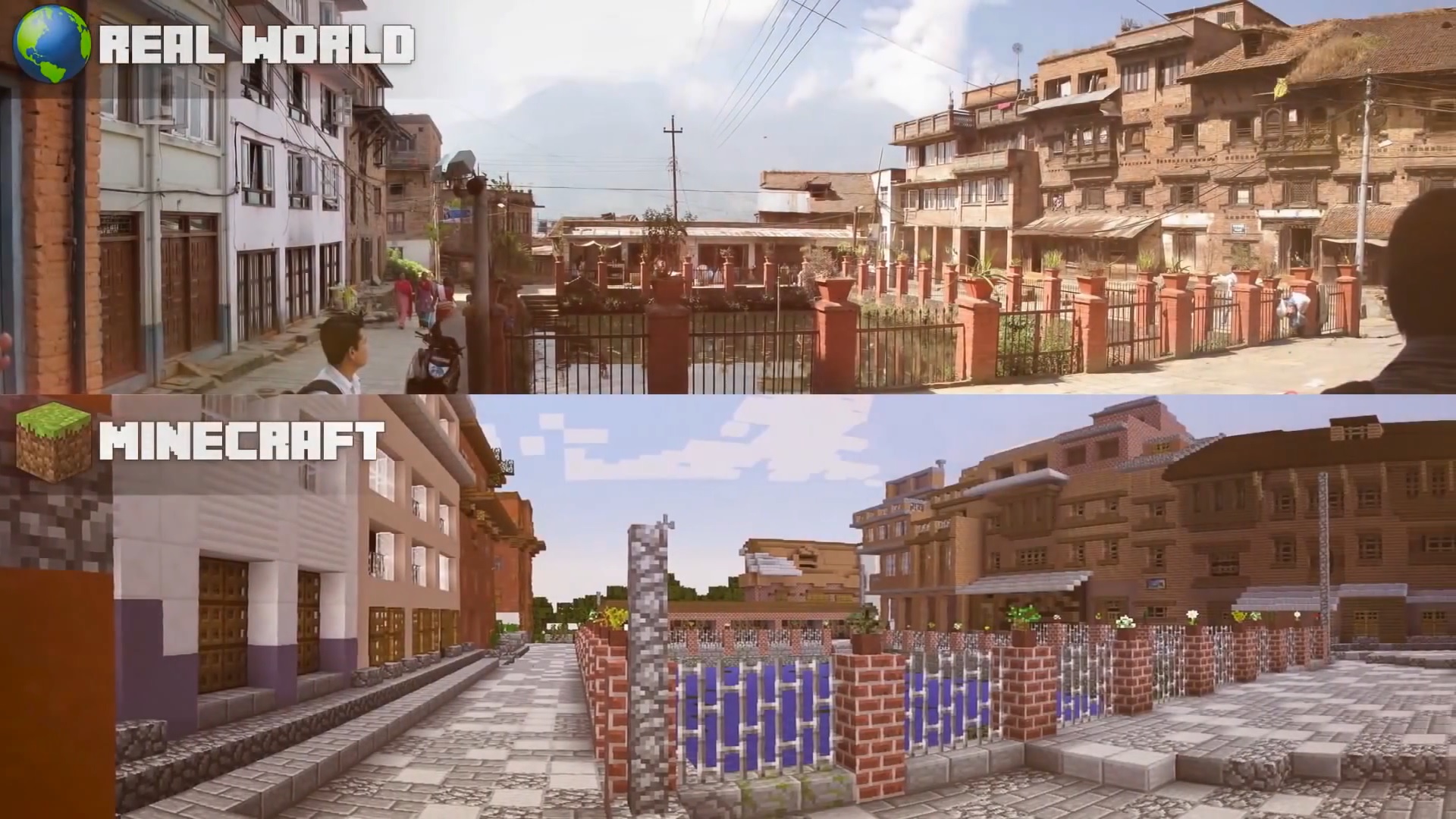Oracle today announced that it has been named a leader in Gartner’s 2017 “Magic Quadrant for Mobile Application Development Platforms” report[1]. This recognition is another milestone in the tremendous momentum and growth of Oracle Mobile Cloud Service, part of Oracle Cloud Platform, this year.
“We believe this recognition is another acknowledgement of Oracle’s strong market momentum in the mobile and larger PaaS market, driven by the successful adoption of Oracle Cloud Platform offerings by thousands of customers,” said Amit Zavery, senior vice president, Oracle Cloud Platform. “By delivering a comprehensive offering with key differentiating capabilities, such as chatbot support, predictive analytics, and adaptive intelligence to make apps more contextual and smarter, Oracle has given customers a powerful option to meet their ever-evolving development needs.”


